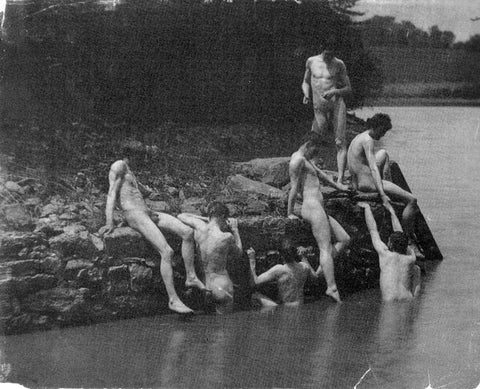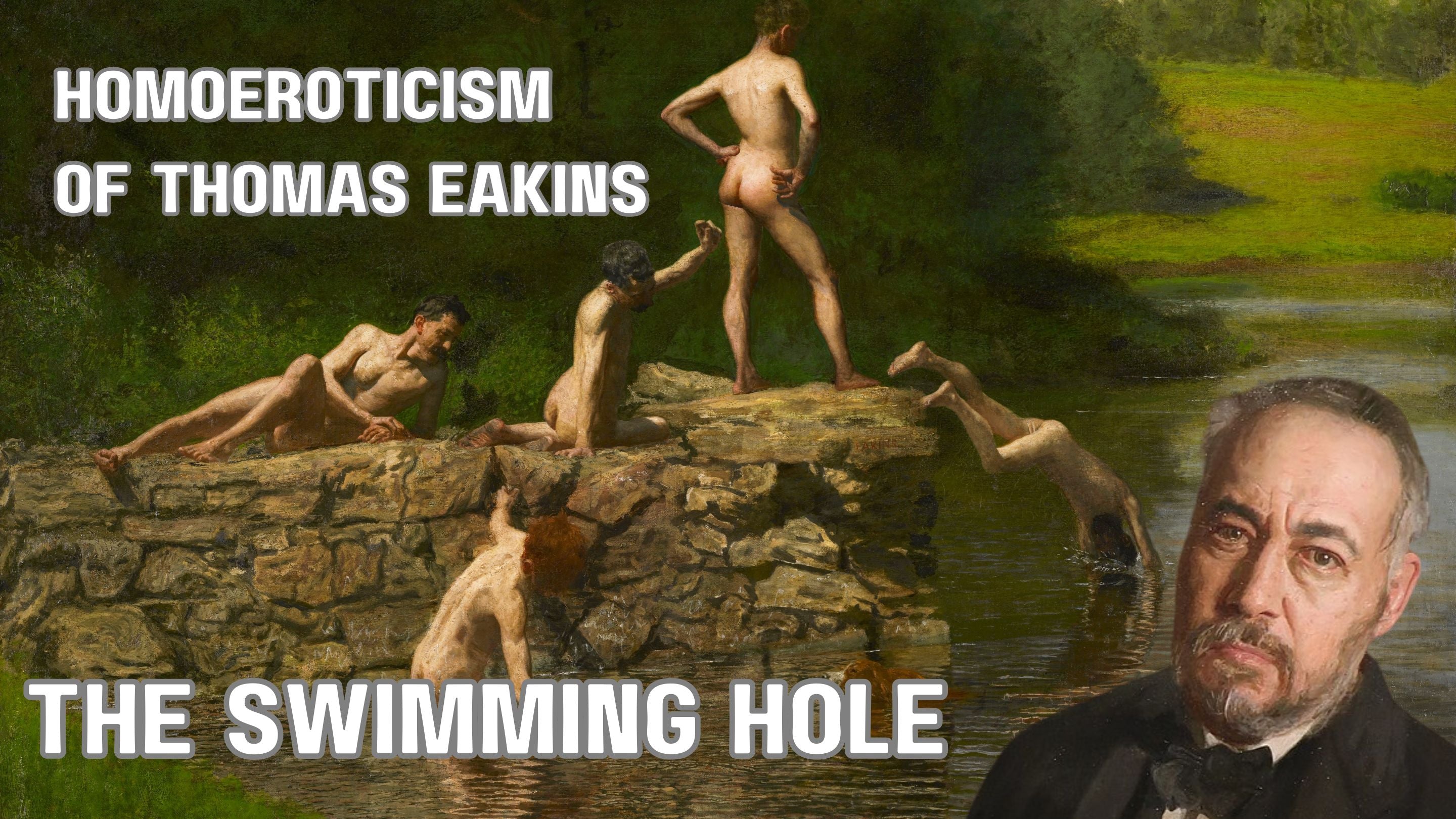Table of Contents:[hide]
Thomas Eakins' "The Swimming Hole," an 1884-85 masterpiece, stands as an iconic representation of American Realism. This oil-on-canvas painting, cataloged as Goodrich #190, resides in the esteemed collection of the Amon Carter Museum of American Art in Fort Worth, Texas. Capturing the essence of leisure, camaraderie, and a profound mastery of the human form, "The Swimming Hole" is a subject of fascination and critical acclaim.
1. The Genesis of Eakins' Artistry
1.1 Early Life and Pedagogical Pursuits
Thomas Eakins, born in 1844, carved his niche in American art through a commitment to realism and an unyielding exploration of the human form. His tenure at the Pennsylvania Academy of the Fine Arts played a pivotal role in shaping his artistic vision. "The Swimming Hole" emerges as a testament to his dedication to portraying the human figure with unparalleled precision.
1.2 Eakins' Artistic Vision
Doreen Bolger, an eminent art historian, hails "The Swimming Hole" as "perhaps Eakins' most accomplished rendition of the nude figure." Eakins, with meticulous brushstrokes, showcases his ability to capture the nuances of the human anatomy, marking this painting as a pinnacle of his artistic achievements.
2. Navigating Victorian Prudishness: Unveiling the Nude
2.1 Challenging Victorian Norms
In a time when Victorian prudishness dominated artistic expressions, Eakins seized the opportunity to challenge societal norms. The act of swimming naked, widely accepted and deemed normal for males, became a canvas for Eakins to push artistic boundaries. "The Swimming Hole" becomes a unique exploration of an exception to the prevailing attitudes toward nudity.
2.2 Ambiguity and Gender Dynamics
Eakins, a trailblazer in capturing the human form, introduces ambiguity in gender portrayal. Building on themes explored in earlier works like "The Gross Clinic" and "William Rush," he blurs the lines between masculinity and femininity. The result is a painting that invites contemplation on identity and societal norms.
3. Composition and Influences
3.1 Pyramidal Composition
The painting's composition, described as pyramidal, leads the viewer through a contemplative journey. From reclining figures to diving forms, each element is meticulously placed, drawing on classical ideals of physical beauty. Eakins masterfully combines academic tradition with the uniqueness of transposing the male nude into an outdoor setting.
3.2 Classical Influences
Eakins' nods to classical sculpture are evident in the positioning of bodies and musculature. The reclining figure, reminiscent of the Dying Gaul, coexists with Eakins' own less formal self-portrait, creating a harmonious blend of ancient themes and modern interpretation. Influences from Hellenistic works, such as the Dying Gaul and contemporary sources like Frédéric Bazille's "Scène d'été," add layers of complexity to the composition.
4. The Making of "The Swimming Hole"

4.1 Studies and Preparations
Before immortalizing "The Swimming Hole" on canvas, Eakins engaged in meticulous studies and preparations. From on-site oil sketches to photographic studies, he delved into the nuances of sequential movement and reference for painting. The surviving photographs of his students swimming naked in Dove Lake offer a glimpse into the genesis of the masterpiece.
4.2 Restoration and Provenance
"The Swimming Hole" underwent multiple restorations, highlighting its journey through time. From its commission by Edward Hornor Coates to its rejection and eventual acquisition by the Amon Carter Museum of American Art, the painting has weathered controversies and public outcry. The restoration efforts in 1993, led by Claire M. Barry, revealed the painting's rich surface and removed layers of discolored varnish.
5. Interpretations and Legacy
5.1 Eakins' Influence on American Realism
Eakins' innovative approach to depicting the male nude in an outdoor setting influenced subsequent generations of American realists, notably the Ashcan School. George Bellows' "Forty-two Kids" echoes the spirit of "The Swimming Hole," albeit with a satirical twist. Eakins' impact resonates through the ages, shaping the trajectory of American art.
5.2 Homoeroticism and Ambiguity
"The Swimming Hole" has not escaped scrutiny for its potential homoerotic undertones. Critics, drawing attention to the prominent depiction of buttocks and the composition's suggestive nature, have speculated on Eakins' intent. The ambiguity surrounding the artist's personal life and the diverse interpretations of his works add layers to the dialogue on sexuality in art.
Conclusion: The Enduring Allure of Eakins' Brushstrokes
In the realm of American painting, "The Swimming Hole" remains a timeless beacon. Thomas Eakins' brushstrokes not only capture a moment of leisure and camaraderie but also challenge societal norms and invite viewers to contemplate the complexities of identity and human form. As the painting continues to stand as a classic of American art, its enduring allure lies in Eakins' mastery of technique, exploration of societal boundaries, and the rich tapestry of interpretations it weaves through the annals of art history.
Prints and Canvas Panels
Related Articles
Ashcan Scool
Henry Scott Tuke
Thomas Eakins - Artist Profile





